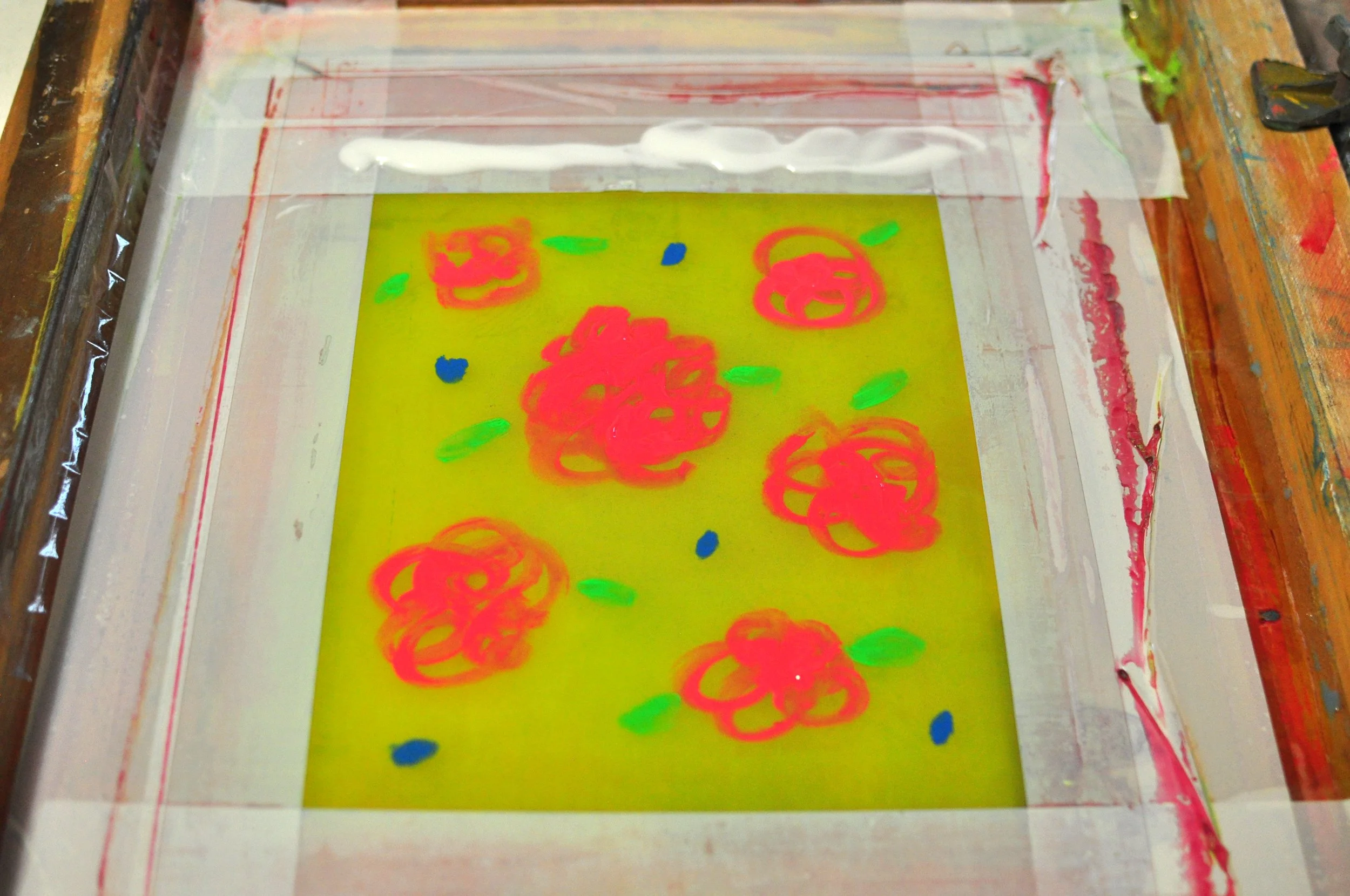ChatGPT said: How 10:9 Design Abilene is empowering creators
Wiki Article
The Vital Guide to Comprehending Screen Printing and Its Versatile Makes use of
Screen printing has an abundant background that goes back to old times, evolving right into an innovative strategy made use of throughout numerous sectors today. This overview checks out the ins and outs of the screen printing procedure, outlining its applications in home, style, and marketing style - 10:9 Design near me. Recognizing these basics can open up creative possibility for both creative and business tasks. The complying with sections will reveal essential pointers and methods to enhance one's screen printing undertakingsThe Background of Screen Printing
Although screen printing has roots that map back centuries, its development reflects the technical and artistic advancements of different cultures. Coming from in ancient China, the strategy was originally used for decorating fabrics and later spread to Japan, where it ended up being essential to Ukiyo-e woodblock printing. The approach moved to Europe in the 18th century, where it gained appeal among artisans and commercial printers. The invention of picture emulsion in the 20th century reinvented screen printing, permitting even more elaborate layouts and higher performance. Musicians like Andy Warhol even more thrust its popularity, utilizing the medium to produce renowned jobs that combined commercialism and art. By the late 20th century, screen printing had developed itself as a versatile method, used in vogue, advertising and marketing, and art. Today, it proceeds to evolve, integrating digital modern technology and expanding its applications across different sectors.The Screen Printing Refine Explained
Screen printing changes artistic visions into tangible styles via a collection of specific steps. A picture is produced and after that moved onto a screen, generally made of fine mesh material extended over a framework. A light-sensitive solution is put on the screen, which is subjected to light, setting in locations not covered by the image. After washing out the unhardened emulsion, a pattern is formed.Next, the screen is put over the substratum, whether it be textile, paper, or an additional material. Ink is then pressed through the open locations of the stencil using a squeegee, transferring the style onto the substrate below. This process can be repeated for numerous shades, needing separate displays for each and every tone. Lastly, the printed item is cured making use of warmth to ensure the ink adheres appropriately, leading to a durable, vibrant layout on-line.
Kinds Of Screen Printing Techniques

Additionally, specialized strategies, such as discharge screen printing, remove dye from the fabric to create softer prints, while foil screen printing uses metal aluminum foil to accomplish a shiny finish (10:9 Design Abilene). Each technique offers distinctive features, accommodating numerous innovative requirements and production scales, inevitably broadening the possibilities within the screen printing domain
Applications of Screen Printing in Numerous Industries

Additionally, the signage and advertising sectors make use of screen printing for producing appealing displays and banners. This approach enables strong shades and detailed styles that capture focus. In electronics, screen printing is employed for using conductive inks to circuit card, vital for element connections. In addition, the home style market welcomes screen printing to create distinctive styles on textiles and wall surface art. On the whole, screen printing serves as a crucial tool throughout diverse areas, improving products with individualized and visually enticing graphics.
Tips for Successful Screen Printing Projects
While embarking on a screen printing job, careful interest to information can considerably boost the final result. Picking top quality products is necessary; this includes the screen, inks, and substrates. Utilizing proper mesh matters can affect ink deposition and detail resolution. Prep work is just as important; detailed cleaning of screens and correct direct exposure times guarantee crisp prints.Next, precise enrollment is vital for multi-color prints. Using here alignment devices can help achieve accurate layering. Additionally, screening prints on scrap materials before manufacturing helps recognize prospective problems without squandering resources.
Regularly Asked Questions
What Materials Are Best for Screen Printing on Material?
Cotton and polyester blends are excellent for screen printing on material due to their resilience and ink absorption. Additionally, specialty textiles like silk or canvas can create special appearances and surfaces, improving the total layout high quality.How Do I Clean and Maintain Screen Printing Devices?
To preserve and clean screen printing equipment, one must routinely clean displays with ideal solvents, check mops for wear, oil relocating components, and shop all items in a completely dry, dust-free environment to extend their life-span.What Are the Ecological Influences of Screen Printing?
Screen printing can have considerable environmental effects, including chemical waste from inks and solvents, water usage throughout cleaning processes, and energy intake. Environmentally friendly products and lasting practices are essential for minimizing these unfavorable impacts.Can Screen Printing Be Done at Home Successfully?
Screen printing can be successfully done at home with the appropriate products and strategies. Enthusiasts can produce top quality prints, though success depends on their ability degree, tools, and understanding of the process included.
What Are the Costs Associated With Beginning a Display Printing Company?

Starting a screen printing service entails costs for devices, materials, and office. Initial expenses normally vary from a few hundred to several thousand dollars, relying on the range, high quality of machinery, and desired manufacturing ability.
Screen printing has a rich history that dates back to ancient times, evolving right into an innovative strategy utilized across different sectors today. Another method, rotating screen printing, employs cylindrical screens, promoting constant printing on material rolls, therefore boosting performance for large manufacturings. Furthermore, specialty techniques, such as discharge screen printing, remove dye from the fabric to create softer prints, while foil screen printing uses metallic foil to accomplish a shiny finish. In the style sector, screen printing is commonly utilized to develop vibrant layouts on garments, making it possible for brand names to display their one-of-a-kind styles. Cotton and polyester blends are perfect for screen printing on material due to their durability and ink absorption.
Report this wiki page